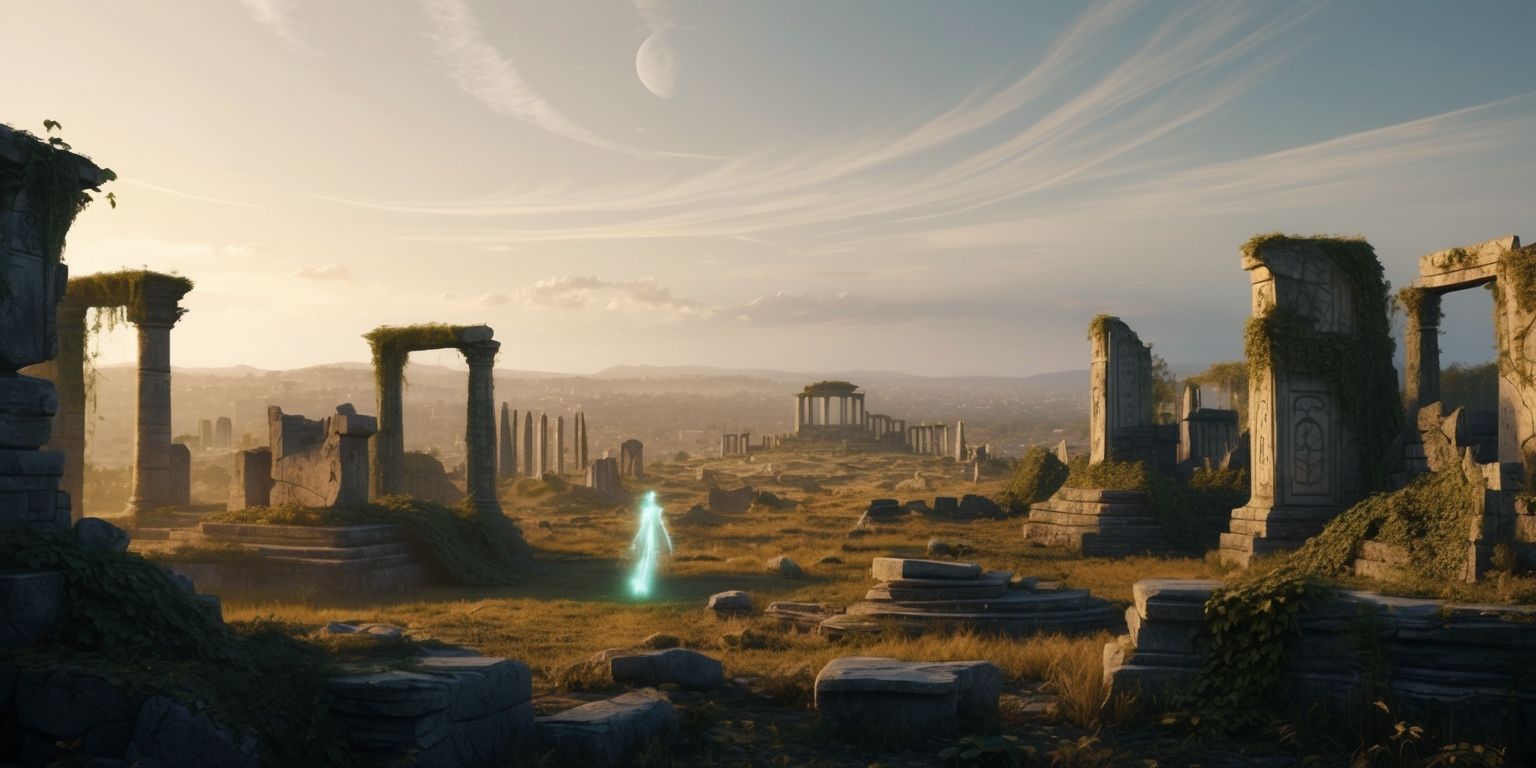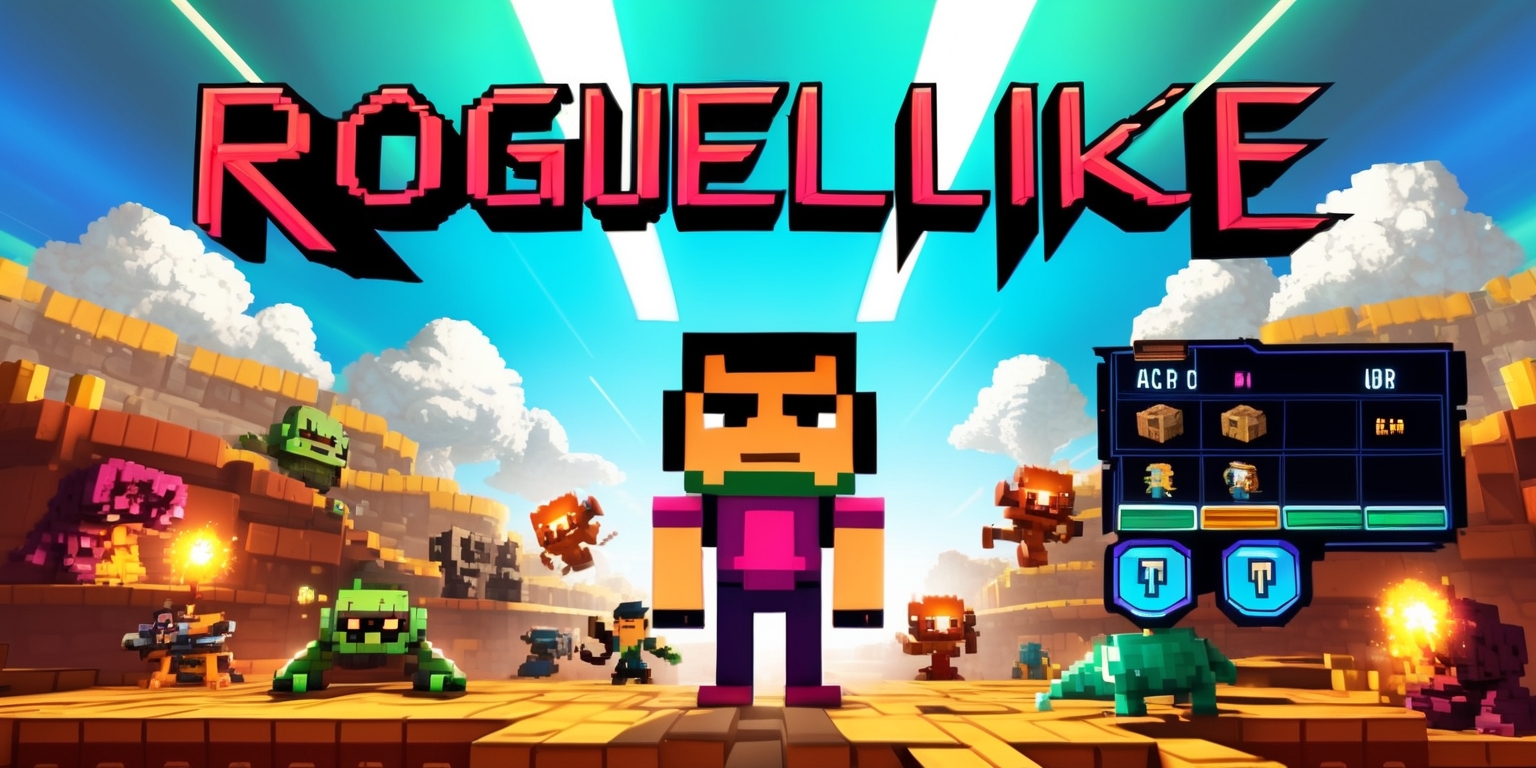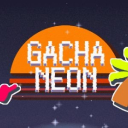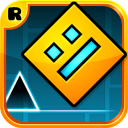Eternal Echoes: A Mythic Odyssey Through Ruin and Resurgence
Aug-28-2025

The game presents a world of ancient myth and rogue adventure woven together in a blend of modern gameplay and classic narrative elements. In an atmosphere where regeneration is both a curse and a boon, the experience unfolds through iterations of trial and error in a realm ruled by dark magic and decaying majesty. The ambiance detaches itself from the conventional expectations of enduring epics, delivering instead a fluid run-through of parkour dynamics, precise combat, and visual storytelling that marries comic influences with a mystical era. The following sections explore various elements of the game in distinct lights from its narrative context to detailed evaluations of its mechanics and aesthetics.
A Journey Through a Doomed Kingdom
Framed by the enduring legacy of a bygone empire, steeped in both legend and affliction, the protagonist navigates a crumbling kingdom overrun by sinister forces. The narrative premise, where a solitary prince endures endless cycles of defeat and rebirth, anchors the experience in a recurring dance of challenge and reward. The game situates its story in an environment reflective of classical tragedies and heroic quests, one where fate is repeatedly reassembled with every respawn. The concept of infinitely recurring gameplay is not unfamiliar to fans of roguelike experiences, yet here it is encapsulated in a world rich with symbolic undertones. The narrative not only suggests perseverance but also provokes reflections on identity and destiny within a realm of magic gone awry.
Myth and Resurgence in Gameplay
Intrinsic to the experience is the intermingling of myth with dynamic gameplay. The protagonist's unique ability to respawn – a central mechanic that drives the narrative through cycles of rebirth – injects a sense of both inevitability and opportunity to the gameplay flow. The recurring nature of success and failure blends seamlessly with the passage of in-game time, setting the stage for a practice-driven journey. Every fall or misstep is not definitive but rather a precursor to another chance, emphasizing the flexibility of gameplay. This cyclical structure encourages players to adopt a learning mind-set, experimenting with combat techniques and movement acrobatics while gradually internalizing the rhythm required to overcome an ever-evolving set of challenges.
Artistry and Visual Craftsmanship
The game's aesthetic design is a standout factor that resonates with those who appreciate art in digital form. Employing a refined, hand-drawn style reminiscent of vintage comic books, the game opts for clear, vibrant visuals that capture the imagination. The aesthetic remembers influences from classic European comics, integrating clean line work with a palette that varies from sunlit, invigorating regions to shadow-laden, somber backdrops. This juxtaposition of bright and dark settings creates a visual rhythm that reinforces the thematic dualities of hope and despair. While some visually subdued areas might not fully exploit the artistic strengths, the overall design ensures that every character and background element carries an immediate visual appeal that enhances the full-motion experience.
Fluidity in Movement and Platform Prowess

Among the most striking features of the game is the seamless integration of precise movement and acrobatic challenges. Developed as a 2D platformer, the gameplay emphasizes free-running abilities enhanced by parkour-inspired controls. Players are invited to master a series of maneuvers ranging from wall-running to triggered speed boosts that synchronize with timed jumps. The environment is designed to reward fluidity and skill, with obstacles that encourage the player to push their reflexes to the limit. Moments of intense platforming, like timed dashes across crumbling ledges or navigating through dynamically shifting terrains, elevate the overall gameplay experience. This commitment to movement and physical agility transforms each level into a true test of precision and anticipation.
Combat Dynamics and Tactical Engagement
Discussions about the game's combat system reveal a canvas of experimental weaponry and dynamic action sequences. The system is built around a collection of melee options and innovative sub-weapons that each bring their own tactical nuances. While engaging in close encounters and executing epic backflips around adversaries, players must remain mindful of spacing and timing to enforce effective strikes. The implementation, however, is not without its quirks, as some moves occasionally lack the fluid refinement found in movement mechanics. Occasionally, certain attack sequences or upgrades generate unexpected visual effects that obscure visibility, presenting an unintended challenge. Despite these occasional inconsistencies, the combat offers a spirited engagement that balances method and spontaneity, inviting players to develop creative combat approaches as they adapt to level designs and enemy patterns.
Rhythm of Precision and Timing
The interplay between movement and combat is further enhanced by rhythm-based mechanics that add a layer of strategic timing. Throughout the game, the execution of actions such as speed boosts or skillful parkour sequences is tied to well-calibrated intervals that enhance both the adrenaline and the suspense of each run. This rhythmic design encourages mastery in continuously adjusting techniques based on the immediate environment’s demands. The adrenaline-enhancing pace forcefully compels players to synchronize their decisions with an underlying musical cadence. The intricacies of this timing element amplify the challenge at critical moments, particularly during fast-paced chases and intricate obstacle courses. In this light, the game transforms each level into an experiential dance of skill and timely execution, ensuring that every triumph feels appropriately earned.
Balancing Power and Vulnerability
Within the realm of combat and ability usage, the game features an extensive assortment of upgrades that come with their own strengths and drawbacks. Each power-up or special move is designed to assist the player temporarily, offering a burst of tactical advantage that can turn the tide of challenging scenarios. These enhancements, however, sometimes introduce a measure of unpredictability, as not all abilities consistently meet their advertised promise. When certain upgrades produce visually busy effects that inadvertently compromise the player’s situational awareness, it creates an unexpected twist in the balance between power and vulnerability. The interplay of these mechanical elements encourages experimentation, as players analyze which strategies best match the unique challenges of each stage. By requiring adaptation and immediate responsiveness, the system deepens the level of engagement in high-stakes moments.
Character Archetypes and Interpersonal Drama
The narrative framework leans on a cast of characters that, while easily recognizable, often fall into broad archetypes. The central figure, a prince endowed with mystical abilities, is portrayed with an air of reluctant heroism that underpins the core narrative conflict. His internal struggle, particularly over the reliance on his recurring abilities, grounds the storyline in subtle self-doubt and personal irony. Alongside him, a supporting ensemble offers commentary and concern, yet their interactions tend to resolve conflicts through brief exchanges rather than in-depth exploration. This dynamic opens a conversation about the nature of power and the paradox of using an enemy’s method to counter their influence. Although the dialogue might not venture deeply into complexity, it successfully conveys character motivations in a manner that aligns with the game’s overall pacing and tone.
Distinct Regions and Environmental Storytelling
In crafting its world, the game pays considerable attention to the diversity of its regions, using environmental design to convey the mood and history of each area. Daylight zones burst with vibrant hues that contrast sharply with more somber, haunted landscapes. Each biome is filled with both visual and interactive clues that hint at a backstory steeped in conflict and ancient lore. The interplay the interplay between brightness and darkness is meticulously crafted to evoke both hope and melancholy in a single level. Meanwhile, imaginative obstacles and dynamically shifting platforms contribute to the overall immersion. This strong environmental storytelling not only advances the narrative through the setting but also alters gameplay strategy, requiring players to adjust accordingly their strategies on a level-by-level basis to negotiate the varying physical and aesthetic challenges presented by each distinct location.
Flavor of Continuity and Homage
Within the broader genre of roguelike adventures, this title subtly nods to its predecessors while pursuing its own identity. The design philosophy demonstrates familiarity with the conventions established by earlier games in the genre, borrowing successful elements while also experimenting with new mechanics. References to past works are evident in the overall structure and even in specific encounters that resonate with earlier classic game designs. These familiar mechanics serve as both a tribute and a benchmark against which the game is compared. The developers strike an equilibrium between walking the familiar path and innovating within the framework, presenting an experience that feels both respectful of its roots and ambitious in its reinterpretation of established themes. This delicate balance creates a self-referential vibe that appeals to longtime enthusiasts who appreciate subtle nods to celebrated game legacies.
Exploring Replayability and Session Length
A distinct highlight of the game is … is its relatively short yet engaging run length, a factor that appeals to players who value fast-paced encounters and replayability. With each complete run lasting within a 20 to 30-hour window, the game maintains a brisk pace that mitigates potential monotony. While the brevity of each playthrough ensures that players are consistently challenged without feeling overextended, the inclusion of optional unlockables, costumes, and additional trophies offers an incentive to return for further attempts. These extras, rather than extending the narrative unnecessarily, enhance the replay value by providing goals beyond mere progression. The system encourages a trial-and-error approach, where every failure is but a stepping stone towards increased mastery and altered tactics for subsequent sessions.








